I spent 3 days in Thailand's most underrated tourist destination. Here are 5 things I'd do differently next time.
Marielle Descalsota

- Chiang Mai is known for its mountainous terrain, cool weather, and unique cuisine.
- I enjoyed my trip to the province so much that I'm already planning a trip back.
Chiang Mai is northern Thailand's largest province. It's known for its majestic temples, animal sanctuaries, and unique cuisine.
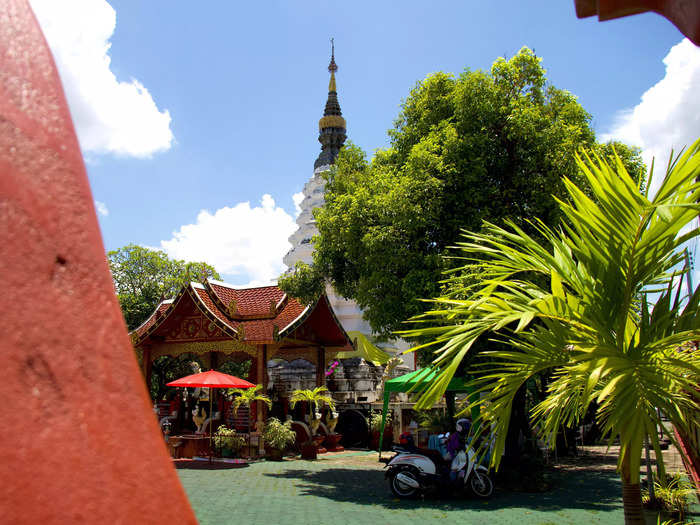
Chiang Mai has a population of over 1 million people who live in a land area spanning more than 20,000 square kilometers. The province is fast becoming one of the most popular destinations in Thailand, hosting around 10.8 million visitors in 2019.
But Chiang Mai remains lesser known than the country's top holiday spots like Bangkok and Phuket, despite its cooler weather, gorgeous views of mountains, and close proximity to Cambodia and Myanmar.
Chiang Mai also has a distinct culture from the rest of Thailand — in fact, it was the capital of "Lanna," the ancient kingdom in the north of the country, which means it has its own cuisine and language.
I traveled to the province for a reporting trip in late July to explore the local culture and its budding tourism industry. Chiang Mai has since become one of my favorite destinations in Southeast Asia, and I'm already planning a trip back.
Here are five things I'd do differently on my next trip to Chiang Mai.
1. Rent a helmet.
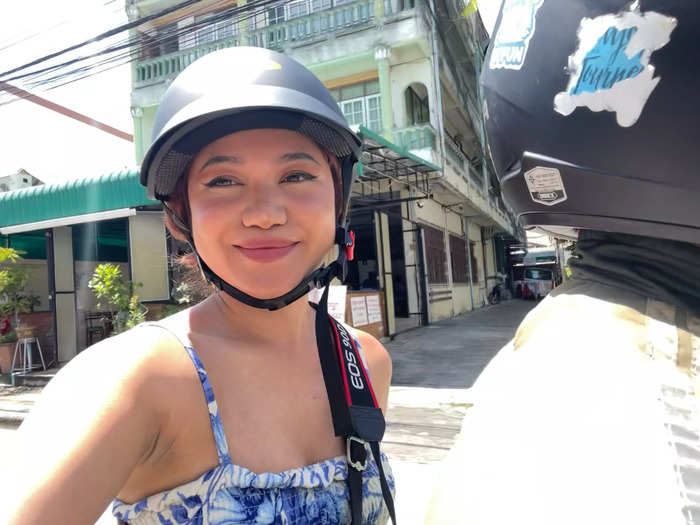
I found that the most efficient way to travel around Chiang Mai is via motorcycle — it not only beats the minimal traffic in the province but is also less expensive than other ride-hailing services.
I don't have a motorcycle license, so I opted to book rides on GrabBike. On average, it cost me only around 45 baht, or $1.25, for a 10-minute ride around town.
However, very few motorcyclists offer a helmet to pillion riders. Considering Thailand has some of the world's deadliest roads, it's especially dangerous to ride pillion without a helmet.
While I'll continue to use GrabBike the next time I'm in Chiang Mai, I'll be sure to rent or borrow a helmet from a local bike shop.
2. Spend more time outside the city.
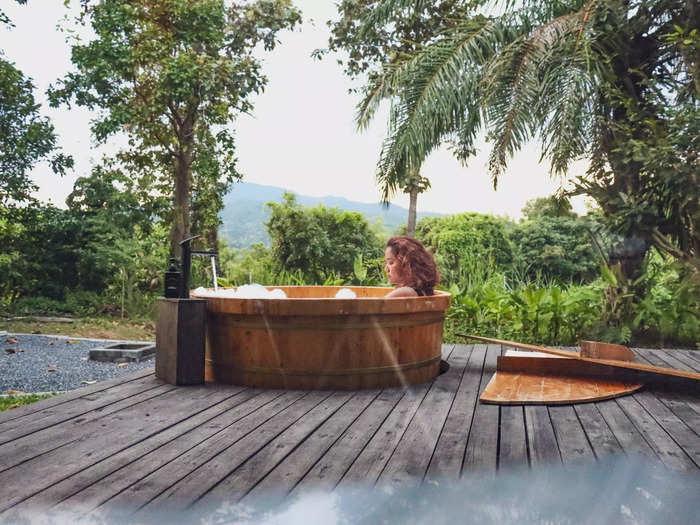
I spent a night in a luxury Airbnb in Mae Rim, a mountainous district on the outskirts of the province. The Airbnb was located in a quaint neighborhood where I enjoyed the outdoors and cool, windy weather.
While I spent most of my time in the Old City, the city center of the province, there is a lot to do on the outskirts. On my next trip, I'll definitely visit the Doi Suthep-Pui National Park, located around 10 kilometers, or around 6.2 miles, from the city to go hiking and see the gorgeous waterfalls.
Chiang Mai is especially known for its animal sanctuaries, many of which are located up north in the mountains. I've been to an ethical elephant sanctuary in the province, and it was a wonderful experience pampering the elephants. Riding the elephants is not allowed — instead, visitors are encouraged to feed and bathe the gentle giants.
3. Pack sunscreen, sunglasses, and a hat.
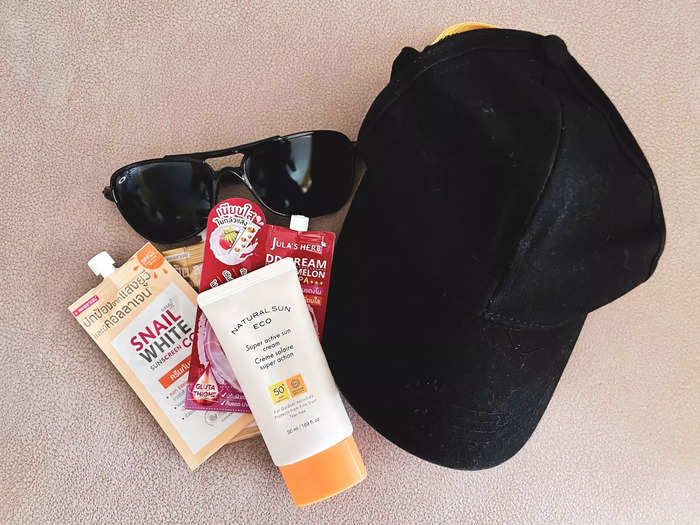
As I live in a tropical country like Singapore, I thought I'd be able to handle Thailand's hot weather without much of a fuss. However, I ended up underestimating how sunny Thailand is, and how much I had to be outdoors.
Unfortunately, I left Chiang Mai with a bad sunburn, wishing I had brought along things that would better protect my skin like a cap and sunscreen.
4. Attend more monk chats at local temples.
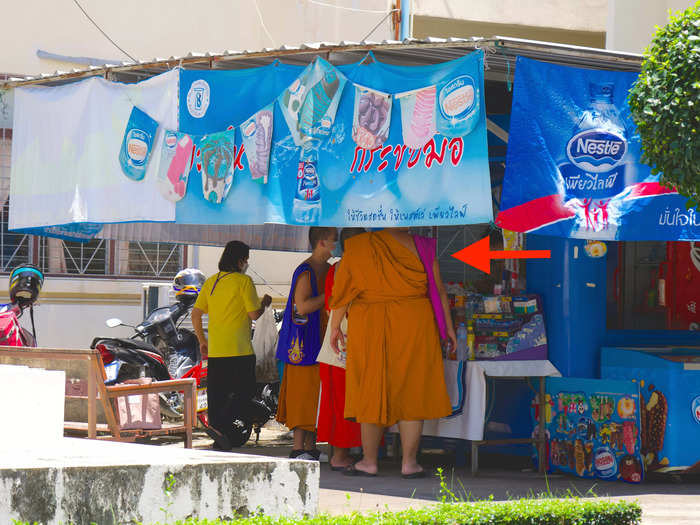
Monks are considered sacred in Thailand as 93% of the locals are Buddhists.
I attended a local "monk chat" at a temple called Wat Chedi Luang, where tourists can interact with monks — it was one of the highlights of my trip. It's where monks discuss everything from soccer teams to local attractions with tourists.
I spoke with a teacher at the Buddhist centre who shared with me how tourists should behave around monks and what topics are off-limits, like sex and politics.
I encourage tourists visiting Chiang Mai to make time for some monk chats — it's truly one of the best ways to learn about Thai culture as the monks offer surprisingly frank answers to questions about local norms and customs.
5. Dine at roadside hawker establishments.
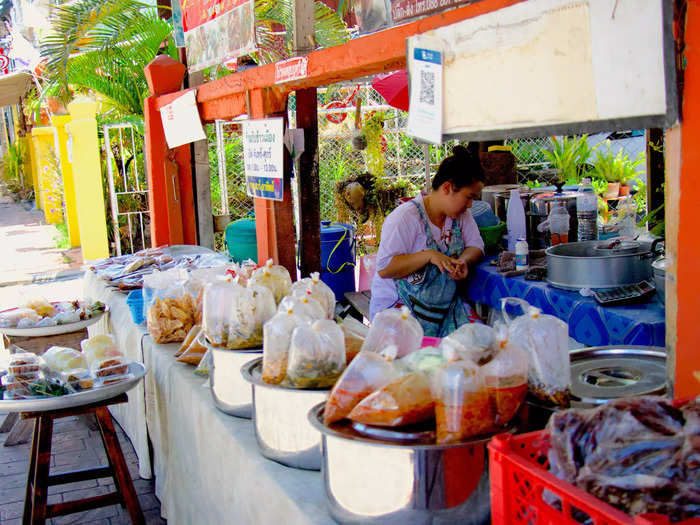
Chiang Mai is famous for its northern Thai cuisine — some of the most popular dishes in the region include kanon jeen nam ngeow, or pork vermicelli noodles, and khao soi, or noodles in coconut curry.
I got to try a variety of northern Thai meats like sai oua, or ground pork sausage, from street vendors and night markets, but I wish that I stopped by the dozens of roadside establishments offering an affordable, authentic spread of local food.
I'd recommend skipping touristy locations and going straight to eateries where locals dine on the daily.
Popular Right Now
Popular Keywords
Advertisement